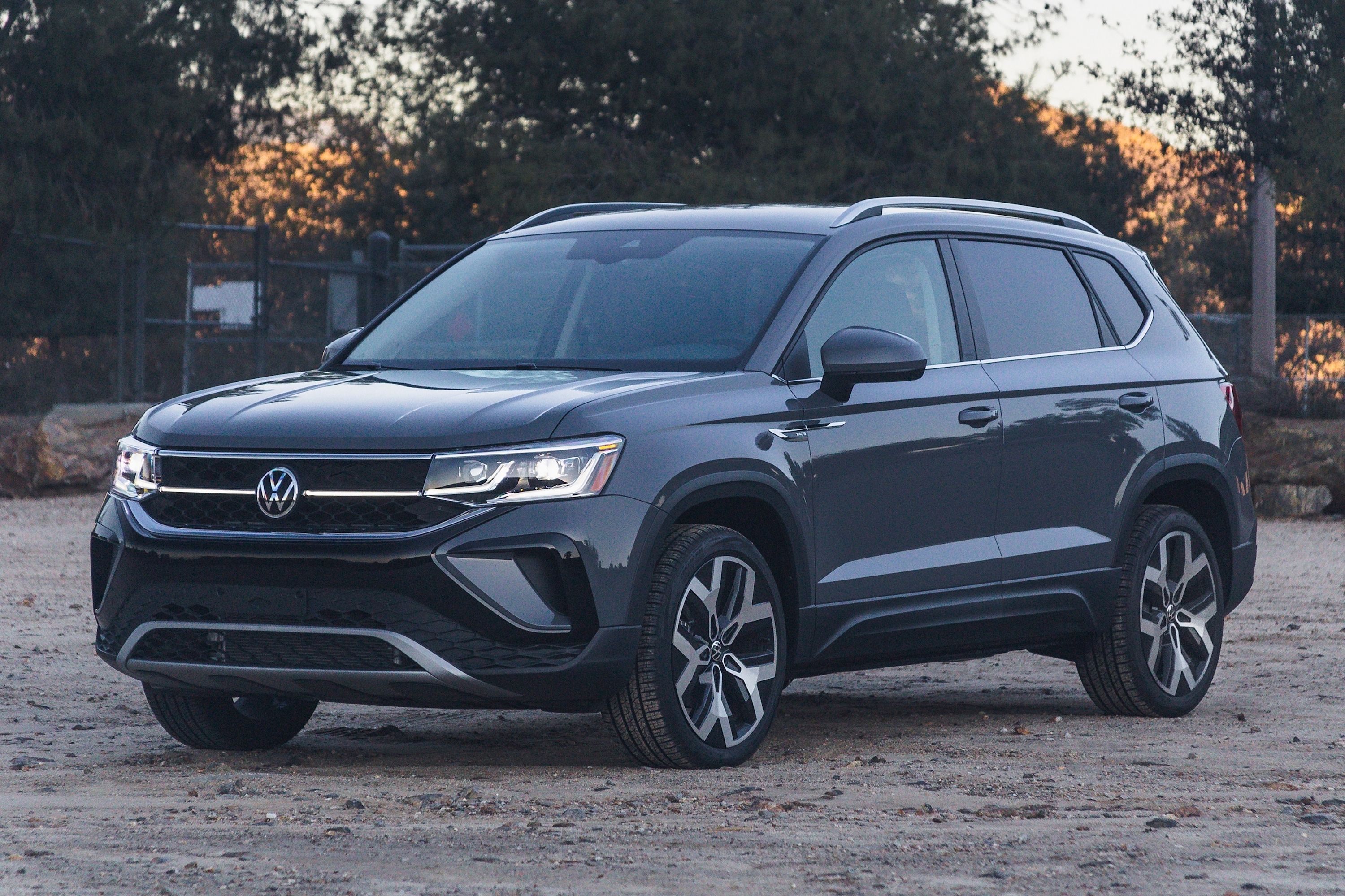
Volkswagen has given the Chinese market Tharu crossover a significant facelift and technology update that could preview what's next for the Volkswagen Taos in the US.
The Tharu was initially introduced in China in 2018 before a revised version was launched a few years later in the US and named Taos - following the Volkswagen T naming convention. The most prominent upgrade for the Chinese market is the change from the old 1.4-liter TSI engine to Volkswagen's new and more efficient 1.5 TSI EVO II, leapfrogging the current Taos's 1.5-liter TSI engine.
The pre-facelift Tharu had a lot in common with the humdrum Volkswagen Atlas's style at the front, but now it has a more modern grille with the same light strip running across it as the Taos.
Unlike the slightly fussier Taos, the facelifted Tharu carries the light strip across the face of the headlights before turning upward. The Tharu's bumper brings more presence to the game than the Taos has, while, at the back, the taillights are connected in the same style as Volkswagen's ID line of electric cars.
Volkswagen China showed two trim styles for the Tharu, one with silver chrome and one with gloss black accents.
Inside, the Tharu is a lot more intricate than we're used to here with Volkswagen, which tends to be conservative and minimalist with its interiors. The seats and side cards are heavily stylized, and the upper dashboard uses geometric shapes.
A new 12-inch infotainment touchscreen sits in the center, and the driver gets a 10.25-inch digital instrument cluster. A massive panoramic sunroof is available for the Chinese market, but the steering wheel is the familiar three-spoke unit with touch-sensitive buttons.
We were lukewarm on the Taos in our review as it just didn't push any buttons other than enjoying the interior space. With more exciting looks, a peppier engine, and some genuine interior style from the Chinese version, we might like it more.
